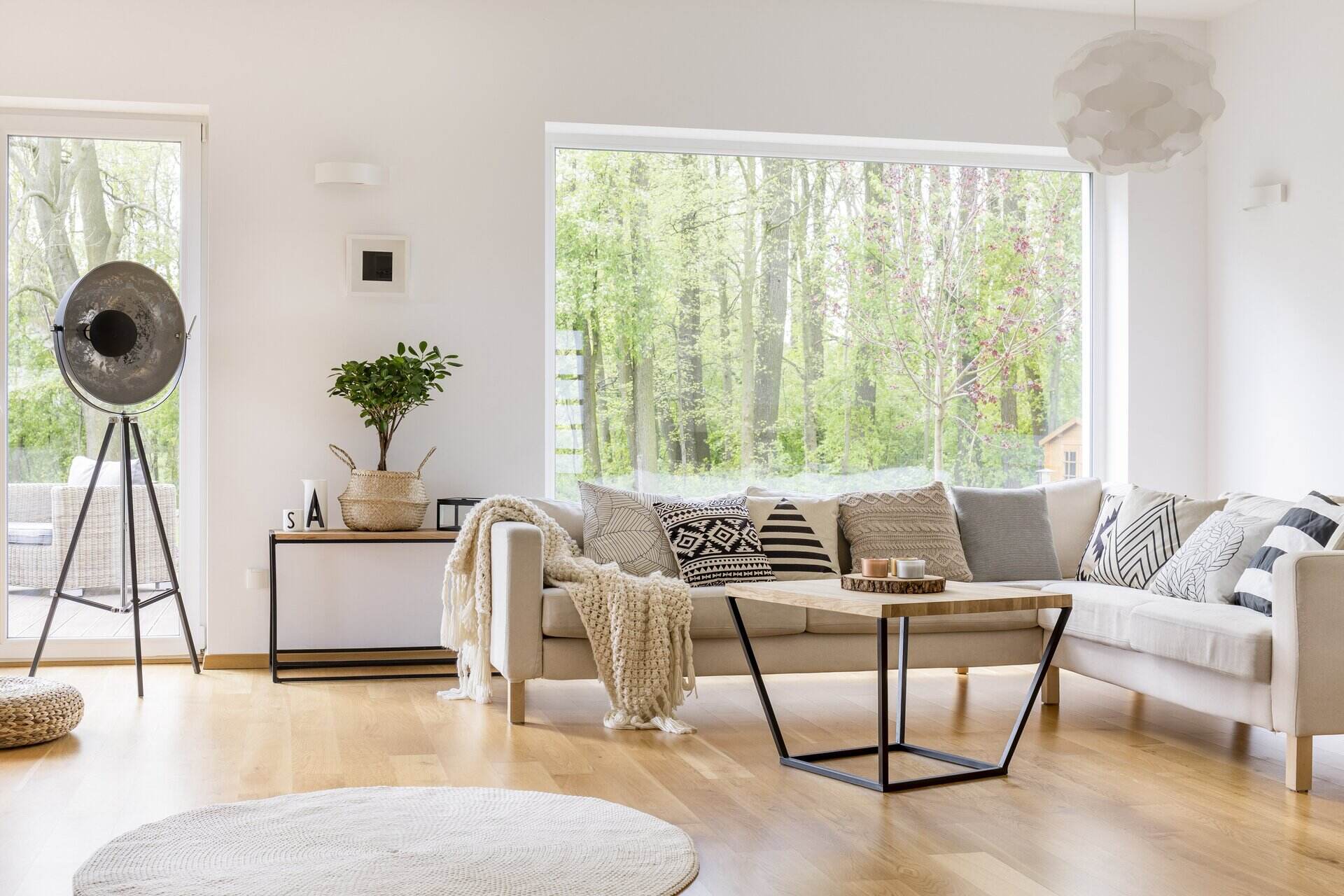

Articles
What Colors Make A Living Room Look Bigger
Modified: October 29, 2024
Discover the best color combinations for your living room to create the illusion of a bigger space. Read our articles for expert tips and advice.
(Many of the links in this article redirect to a specific reviewed product. Your purchase of these products through affiliate links helps to generate commission for Storables.com, at no extra cost. Learn more)
Introduction
A well-designed living room can create a sense of spaciousness and openness, making it a comfortable and inviting space for both residents and guests. One of the most effective ways to achieve this is through the use of color. The right color scheme can make a living room look bigger, brighter, and more expansive.
When it comes to choosing the right colors for your living room, there are a few key factors to consider. Light and neutral shades, cool colors, and strategic accent colors can all play a role in creating the illusion of a larger space. Additionally, the importance of lighting cannot be overstated. Both natural and artificial lighting can greatly impact the perceived size of a room.
In this article, we will dive into the world of color and explore how to choose the right colors to make your living room look bigger. We will discuss the impact of different color choices, explore the importance of lighting, and provide tips for optimal color combinations. With these insights, you will be well-equipped to transform your living room into a visually spacious and inviting space.
Key Takeaways:
- Choose light and neutral shades to create an airy and inviting living room. Incorporate cool colors and strategic accent colors to visually expand the space and add vibrancy.
- Maximize natural and artificial lighting to enhance the colors and create a sense of depth. Experiment with different color combinations to find the optimal blend for a visually stunning living room.
Read more: What Colors Make A Small Room Look Bigger?
Choosing the Right Colors
When it comes to choosing the right colors for your living room, it’s important to consider the overall atmosphere you want to create. A well-thought-out color scheme can make a significant difference in the perceived size and feel of the space. Here are some tips to help you choose the right colors:
- Consider the size of your living room: If you have a small living room, lighter colors tend to create a more open and airy feeling. On the other hand, larger living rooms can handle darker and bolder colors.
- Think about your personal style: Your living room should reflect your unique taste and personality. While it’s important to make the space feel bigger, don’t be afraid to incorporate colors that you love.
- Consider the flow of the space: If your living room is connected to other areas of your home, consider how the colors in those spaces will interact with the colors in your living room. Opt for a color palette that creates a cohesive look throughout.
Once you’ve considered these factors, you can begin exploring different color options. Experiment with light and neutral shades, cool colors, and accent colors to create the illusion of a bigger living room.
Light and Neutral Shades
One of the most effective ways to make a living room look bigger is to use light and neutral shades. These colors reflect light, making the space feel brighter and more open. Here are some popular light and neutral shades that can help create a spacious atmosphere in your living room:
- White: White is a classic choice for creating a bright and airy feel. It reflects light, making the room appear larger and more open. It is also versatile and can be paired with a wide range of accent colors.
- Beige: Beige is a warm and inviting neutral shade. It has undertones of brown and can create a sense of warmth and coziness in your living room. Beige works well as a base color and can be paired with other neutral shades or pops of color.
- Light Gray: Light gray is a modern and sophisticated choice. It adds depth to a room while still maintaining a sense of openness. Gray can be paired with various accent colors to create a stylish and contemporary living room.
- Pastel Colors: Soft pastel shades, such as light blue, pale pink, or mint green, can make a living room feel fresh and airy. These gentle colors create a calming and soothing effect and can contribute to a visually larger space.
When using light and neutral shades, it’s essential to consider the undertones of the colors. Some shades may have warm undertones, while others have cool undertones. Choose undertones that complement the existing elements in your living room, such as furniture, flooring, and curtains.
Remember that using light and neutral shades doesn’t mean your living room has to be boring. You can add visual interest by incorporating different textures, patterns, and materials. This will add depth to the space while still maintaining the sense of openness.
Cool Colors
Cool colors can also play a significant role in making a living room look bigger. These colors tend to recede visually, creating an illusion of depth and distance. Cool colors generally include shades of blue, green, and purple. Here are some ways to incorporate cool colors into your living room:
- Light Blue: Light blue is a calming and serene color that can create a sense of tranquility in your living room. It gives the illusion of expanding the space, especially when used on walls or large furniture pieces.
- Mint Green: Mint green has become increasingly popular for its fresh and vibrant look. It adds a touch of energy to a room while still maintaining a cool and airy feel. Mint green can be used as an accent color or as a main color in your living room.
- Lavender: Lavender is a delicate and soothing color that can add a touch of elegance to your living room. It works particularly well in combination with light neutrals or as an accent color against a backdrop of white or gray.
- Soft Gray-Blue: Soft gray-blue is a versatile color that can create a cool and sophisticated ambiance. It complements a wide range of other colors and works well in both modern and traditional living room designs.
When incorporating cool colors into your living room, it’s essential to find the right balance. Too much of one cool color can make the room feel cold and sterile. Consider using cool colors as accents or in combination with light and neutral shades to create a well-balanced and visually pleasing living room.
Remember, these are just suggestions, and you can feel free to experiment with different shades and combinations to find what works best for your space. The key is to create a cohesive and harmonious color scheme that makes your living room look bigger and more inviting.
Accent Colors
When it comes to making a living room look bigger, the strategic use of accent colors can make a significant impact. Accent colors are vibrant and bold shades that are used sparingly to draw attention and create visual interest. Here are some tips for incorporating accent colors into your living room:
- Choose a focal point: Identify a focal point in your living room, such as a feature wall, fireplace, or artwork. Use an accent color to highlight and enhance this focal point, creating a visually appealing and attention-grabbing element.
- Add pops of color: Use accent colors sparingly as pops of color throughout the room. This can be done through throw pillows, curtains, rugs, or decorative accessories. By strategically placing these pops of color, you can create visual interest and draw the eye away from the size of the room.
- Consider complementary colors: Look for accent colors that complement the existing color scheme in your living room. Complementary colors, which are opposite each other on the color wheel, create a visually pleasing contrast that can make the space feel vibrant and lively.
- Experiment with patterns: Introduce accent colors through patterned textiles, such as a bold geometric rug or patterned accent chairs. These patterns can add depth and personality to the living room, making it feel more visually dynamic and spacious.
When using accent colors, it’s crucial to strike a balance. While they add excitement and visual interest, using too many accent colors can overwhelm the space and make it feel cluttered. Stick to one or two accent colors that complement the overall color scheme and use them strategically for maximum impact.
Remember, accent colors should be seen as accents, not dominating elements. They should complement and enhance the overall design of your living room while contributing to the illusion of a bigger space.
Use light, neutral colors like white, cream, or soft pastels to make a living room look bigger. These colors reflect light and create a sense of openness and airiness. Avoid dark or bold colors that can make the space feel smaller.
Read more: What Color Curtains Make A Room Look Bigger
Importance of Lighting
When it comes to making a living room look bigger, lighting plays a crucial role. The right lighting can enhance the colors and create a sense of depth and spaciousness. Here are some important factors to consider when it comes to lighting:
- Natural Light: Natural light is the best source of illumination for any space. It not only makes the room feel brighter but also enhances the colors and textures. Maximize the amount of natural light in your living room by using sheer curtains or blinds that allow light to pass through. Keep windows clean and clear of any obstructions to optimize the flow of light into the room.
- Artificial Light: In addition to natural light, artificial lighting is essential to create a well-lit living room. Avoid relying solely on a single overhead light source as it can create harsh shadows and make the room feel smaller. Instead, incorporate a mix of different lighting types, such as table lamps, floor lamps, and wall sconces, to distribute light evenly throughout the space.
- Layered Lighting: Use a layered lighting approach to create depth and dimension in your living room. This involves combining different lighting types, such as ambient lighting, task lighting, and accent lighting. Ambient lighting provides overall illumination, task lighting serves specific functions (such as reading or working), and accent lighting highlights specific areas or objects.
- Dimmers: Installing dimmer switches for your lights allows you to control the intensity of the lighting in your living room. Dimmers are particularly useful for creating a soft and inviting ambiance during evenings or when you want to create a more intimate atmosphere. Adjusting the brightness of the lights can help create the illusion of a larger space.
Proper lighting not only influences the perceived size of your living room but also affects the mood and ambiance. Experiment with different lighting options and arrangements to find the best combination that enhances the space and makes it feel more spacious and comfortable.
Remember to consider the positioning of lights and how they interact with the colors in your living room. Lighting that highlights the walls or ceiling can create an illusion of height, making the room appear larger. Additionally, using light-colored lampshades can help reflect more light, further maximizing the sense of space.
Natural Light
Natural light is a powerful tool when it comes to making a living room look bigger and more inviting. It not only enhances the colors and textures in the space but also brings a sense of warmth and natural beauty. Here are some tips for maximizing the natural light in your living room:
- Window treatments: Opt for sheer curtains or blinds that allow maximum light penetration into the room. Avoid heavy or dark-colored window treatments that can block out natural light and make the space feel smaller.
- Mirror placement: Strategically place mirrors across from windows or in areas where they can reflect natural light. Mirrors help bounce light around the room and create a sense of depth and spaciousness.
- Keep windows clean: Regularly clean your windows to remove any dirt, dust, or smudges that can hinder the amount of light coming in. Clean windows allow for maximum sunlight to enter the room, flooding it with natural light.
- Window size and positioning: If you have the opportunity to redesign or renovate your living room, consider the size and positioning of windows. Larger windows or floor-to-ceiling windows can bring in more natural light and make the space feel more open and airy.
- Trim back outdoor foliage: If there are trees or shrubs that block natural light from entering your living room, consider trimming them back or relocating them. This will allow for more sunlight to filter through and brighten up the space.
Embracing and harnessing natural light not only makes your living room feel larger but also promotes a healthy and vibrant atmosphere. It can uplift your mood, increase productivity, and create a connection with the outdoors.
Don’t underestimate the power of natural light when it comes to transforming the look and feel of your living room. Incorporate these tips into your design approach, and you’ll be amazed at how natural light can breathe new life into your space.
Artificial Light
While natural light is essential, artificial lighting is equally important in creating a well-lit and visually spacious living room. It allows you to control the light levels, highlight specific areas, and add depth to the space. Here are some tips for effectively using artificial lighting:
- Vary lighting sources: Instead of relying solely on a single overhead light, incorporate a mix of lighting sources throughout the room. This includes table lamps, floor lamps, wall sconces, and even pendant lights. Different lighting sources create layers of light, adding depth and dimension to the living room.
- Avoid harsh shadows: Harsh shadows can make a room look smaller and less inviting. To mitigate this, use diffused lighting that spreads the light evenly across the room. This can be achieved by using lampshades, frosted bulbs, or indirect lighting options.
- Task lighting: Consider incorporating task lighting in areas where specific activities take place, such as reading nooks or workspaces. This type of lighting provides focused illumination for tasks while offering a contrast to the ambient lighting in the room.
- Dimmers and adjustable fixtures: Install dimmers for your lights to have control over the intensity of the lighting in your living room. This allows you to create different moods and adapt the lighting to different activities or times of the day. Additionally, adjustable fixtures, such as adjustable track lighting or swing-arm lamps, offer flexibility and the ability to direct light where needed.
- Highlight architectural features: Use accent lighting to draw attention to architectural features in your living room, such as alcoves, fireplace mantels, or built-in shelves. This not only adds visual interest but also creates the illusion of depth and dimension.
By carefully selecting and positioning artificial lighting in your living room, you can create a warm and inviting ambiance that makes the space feel larger and more comfortable. Experiment with different lighting options to find the right balance that complements your overall design scheme.
Remember, lighting is not just about functionality but also about aesthetics. Consider the style and design of your living room when choosing light fixtures to ensure they blend seamlessly with the overall decor.
Artificial lighting should work in harmony with natural light to create a well-balanced and visually appealing living room that feels spacious and inviting, both day and night.
Optimal Color Combinations
Choosing the right color combinations in your living room can greatly enhance its visual appeal and create the illusion of a larger space. Here are some optimal color combinations to consider:
- Monochromatic: A monochromatic color scheme involves using different shades and tones of a single color. This creates a harmonious and cohesive look that visually expands the room. For example, pairing light blue walls with varying shades of blue for furniture and accents can create a serene and spacious living room.
- Analogous: Analogous colors are those that are adjacent to each other on the color wheel. These colors create a smooth and cohesive transition and can make the room feel balanced and visually appealing. For instance, combining shades of blue, green, and teal can create a soothing and harmonious living room environment.
- Complementary: Complementary colors are opposite each other on the color wheel, such as blue and orange or purple and yellow. Using complementary colors in the right proportions can create a striking and visually dynamic living room. For example, combining gray walls with pops of yellow accents can add vibrancy and make the room feel lively and spacious.
- Neutral with pops of color: One of the most popular color combinations is to use a neutral base with pops of vibrant or bold colors. For example, pairing a gray sofa and beige walls with vibrant red throw pillows and artwork can create a focal point and add visual interest to the living room.
- Triadic: Triadic color schemes involve selecting three colors that are equidistant from each other on the color wheel. This creates a balanced and energetic look in the living room. For instance, combining shades of blue, yellow, and red can create a visually stimulating and spacious living room environment.
When considering color combinations, it’s important to keep in mind the size of your living room and the overall atmosphere you want to create. Additionally, consider the existing elements in the room, such as furniture and accessories, and ensure that the colors complement each other.
Remember, these are just suggestions, and you can always tailor the color combinations to your personal taste and style. The key is to create a harmonious and visually pleasing living room that utilizes color to create the illusion of space and openness.
Conclusion
Creating a living room that appears larger and more spacious is a goal that many homeowners strive for. By understanding the power of color and lighting, you can transform your living room into a visually appealing and inviting space. Here are some key takeaways to keep in mind:
- Choose light and neutral shades to create a bright and airy atmosphere.
- Incorporate cool colors to visually expand the space and create a sense of depth.
- Strategically use accent colors to add pops of vibrancy and visual interest.
- Maximize natural light by utilizing sheer curtains, clean windows, and well-thought-out mirror placement.
- Make use of artificial lighting to create layers of illumination and avoid harsh shadows.
- Experiment with different color combinations, such as monochromatic, analogous, or complementary, to find the optimal blend for your living room.
Remember, creating the illusion of a bigger living room is about balance and harmony. Consider the size and layout of your space, as well as your personal style preferences. Also, keep in mind that a clutter-free and well-organized living room can further contribute to the feeling of spaciousness.
So go ahead and unleash your creativity while keeping these tips in mind. With the right colors and lighting strategies, you can transform your living room into a visually stunning and expansive space that you and your guests will enjoy spending time in.
Frequently Asked Questions about What Colors Make A Living Room Look Bigger
Was this page helpful?
At Storables.com, we guarantee accurate and reliable information. Our content, validated by Expert Board Contributors, is crafted following stringent Editorial Policies. We're committed to providing you with well-researched, expert-backed insights for all your informational needs.
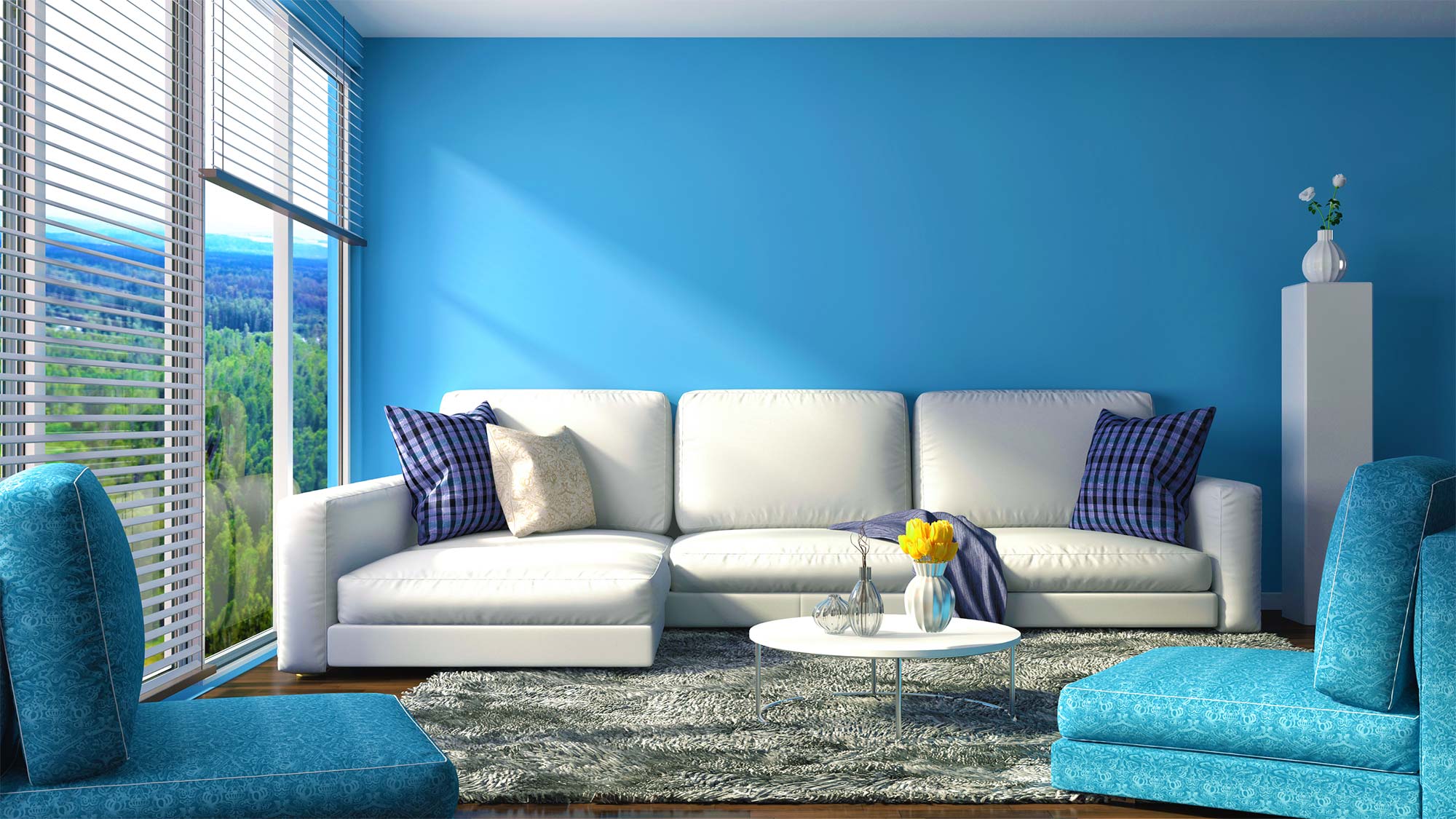
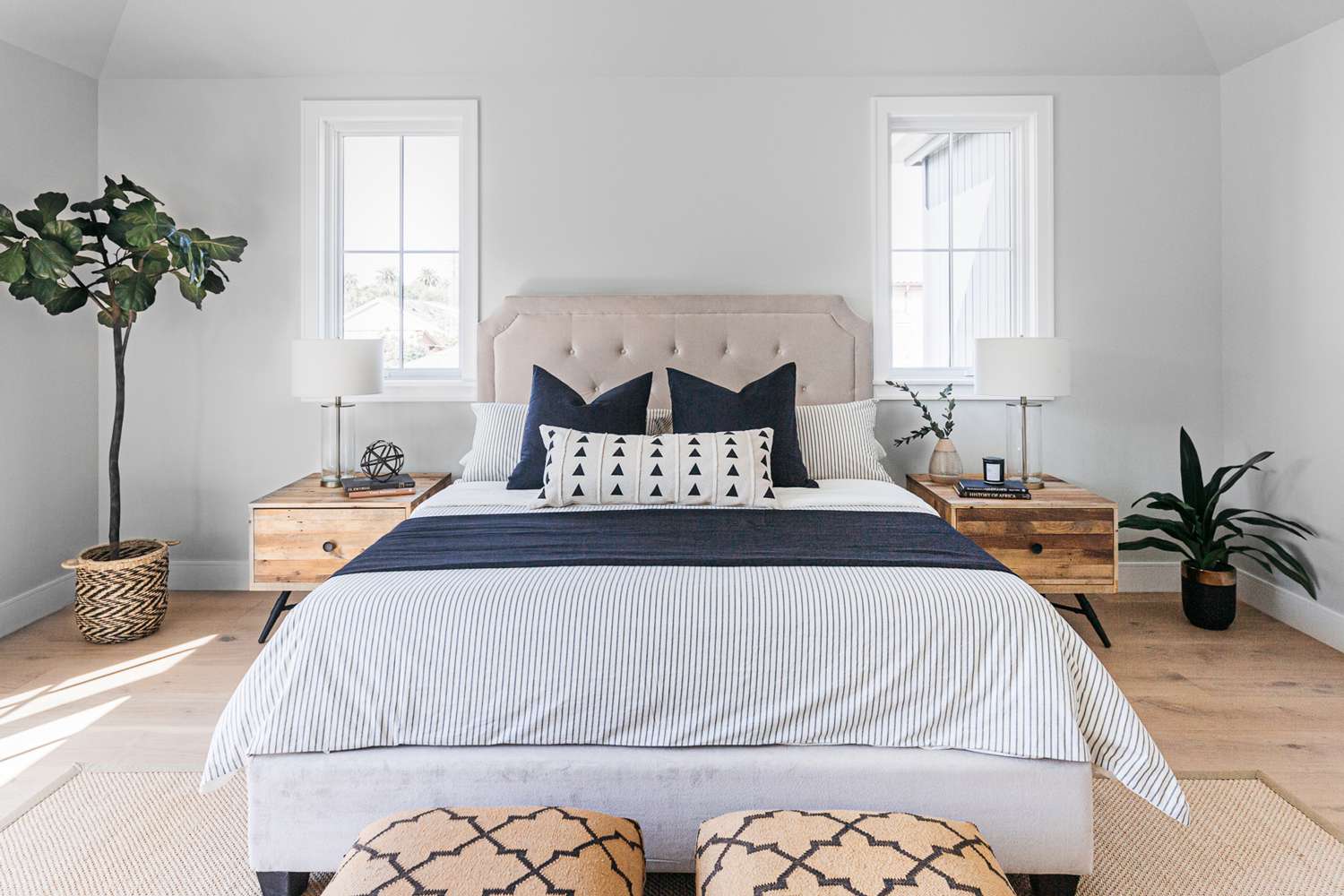
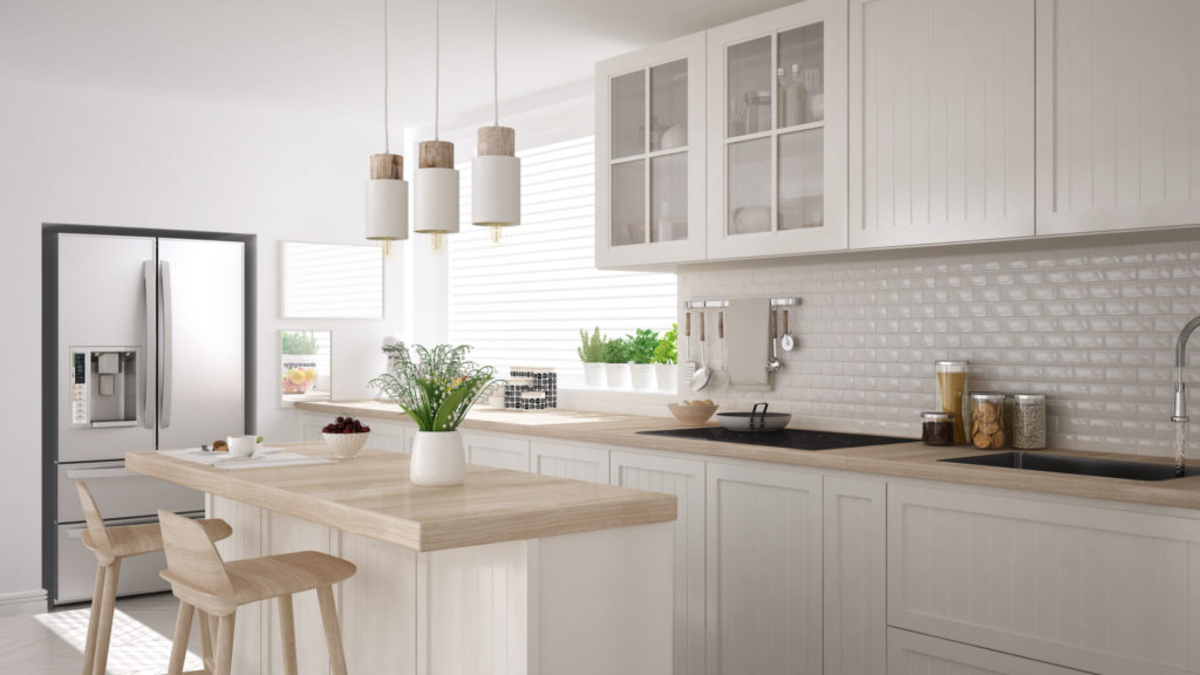
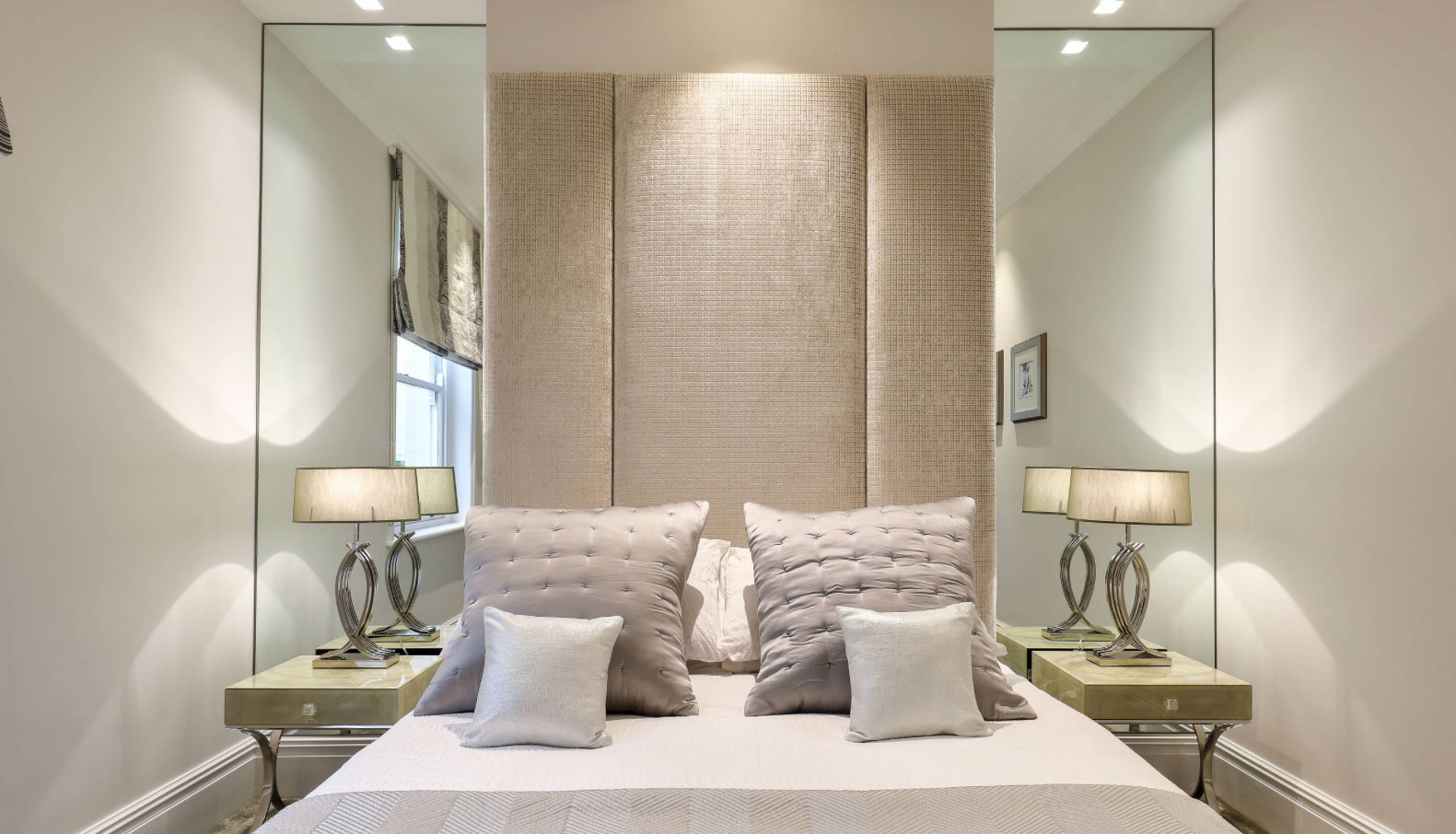
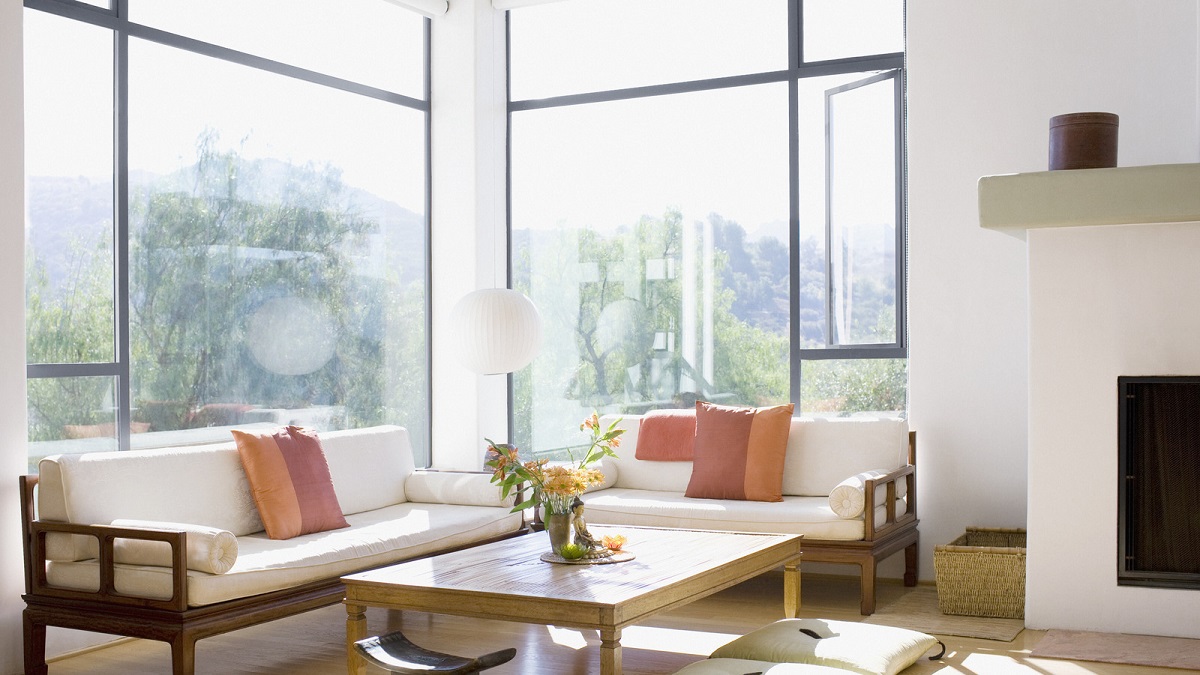
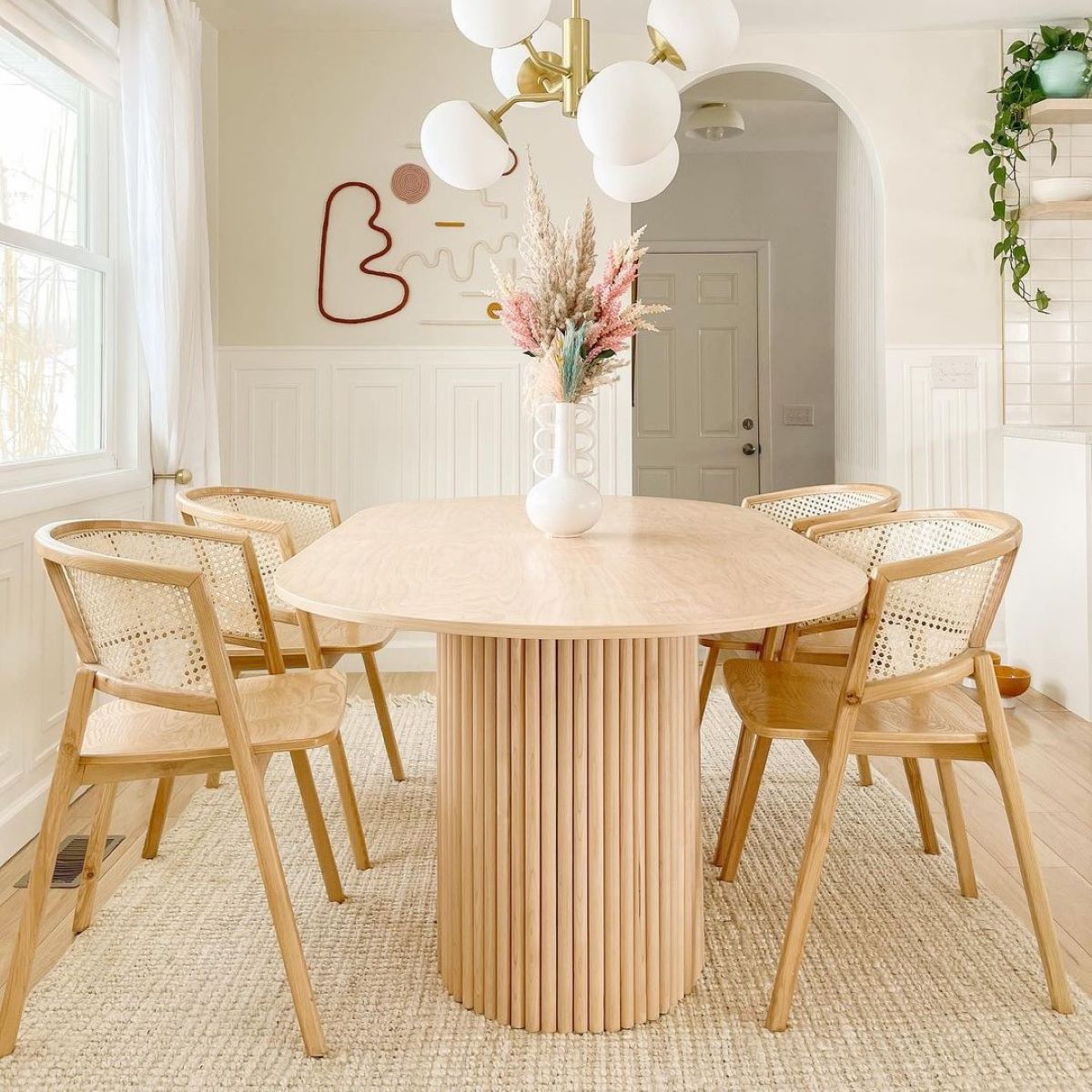
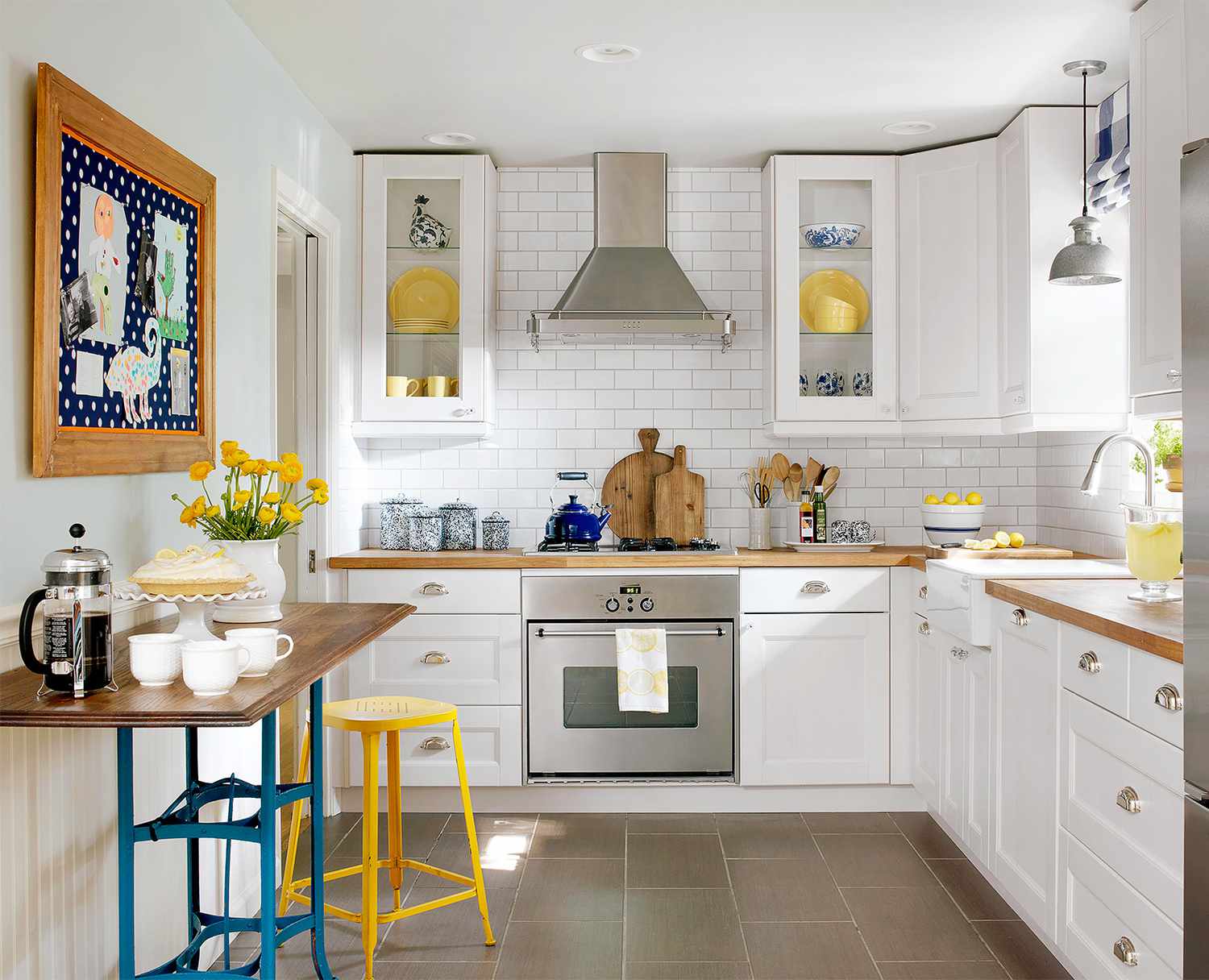
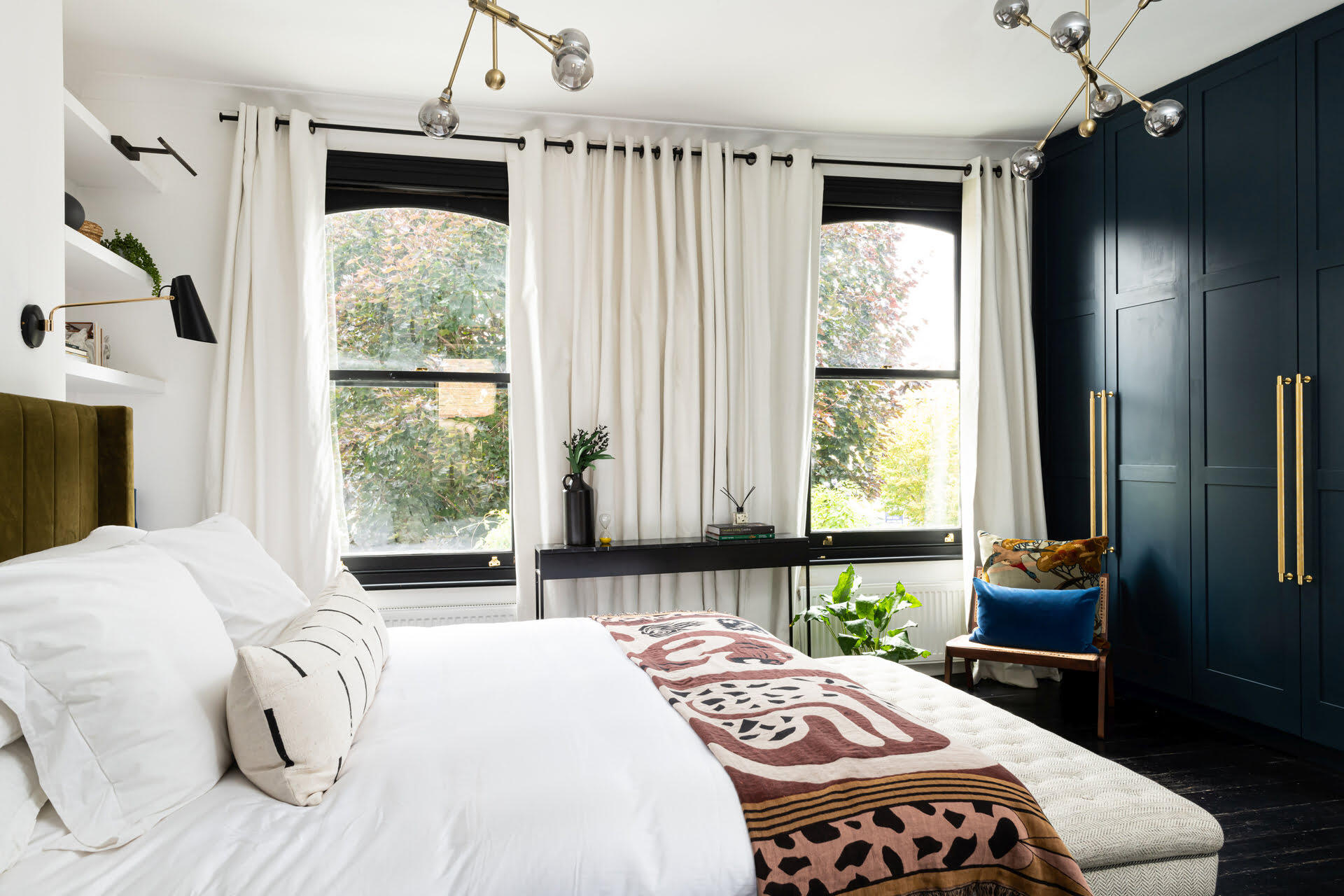

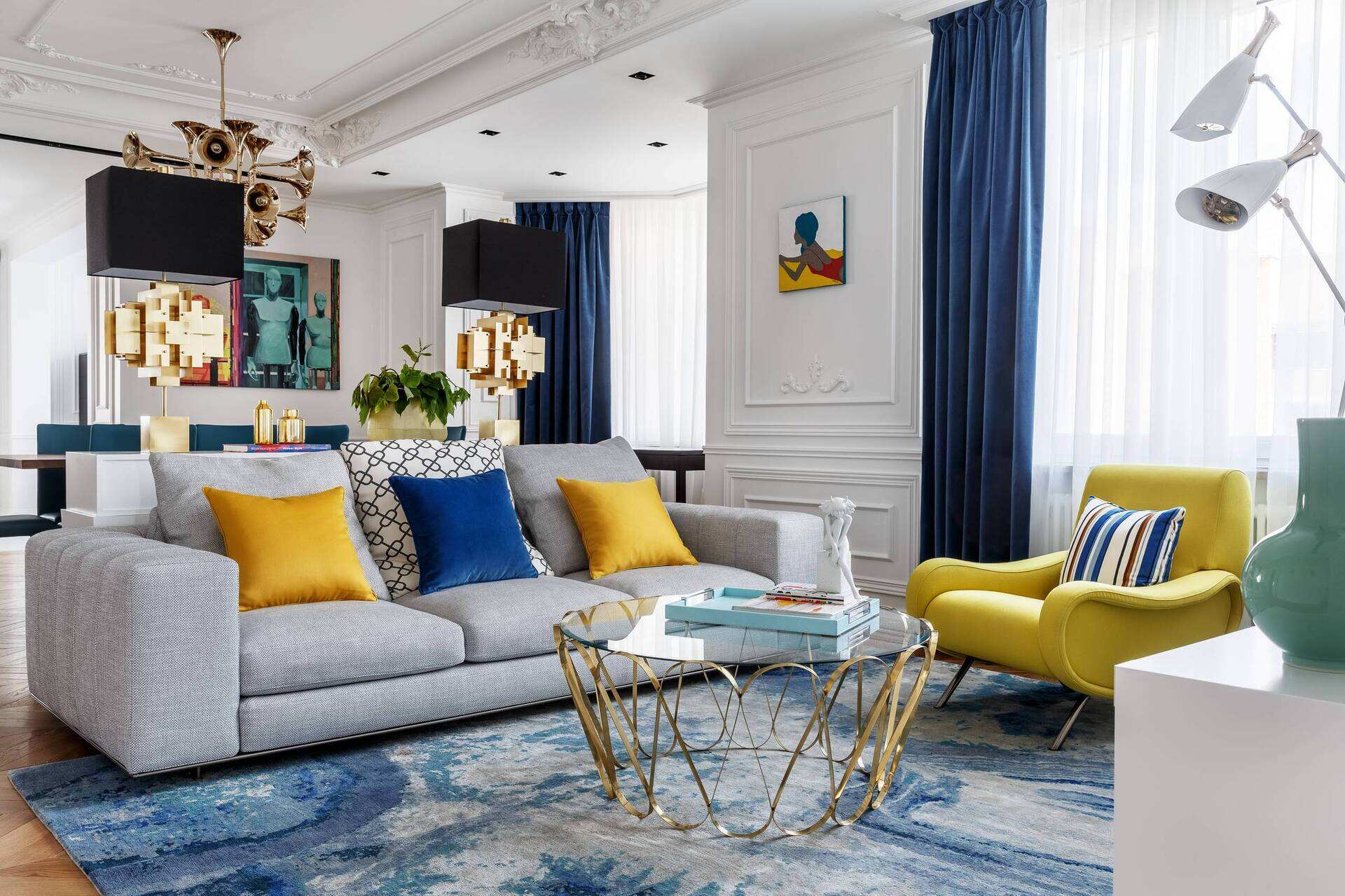
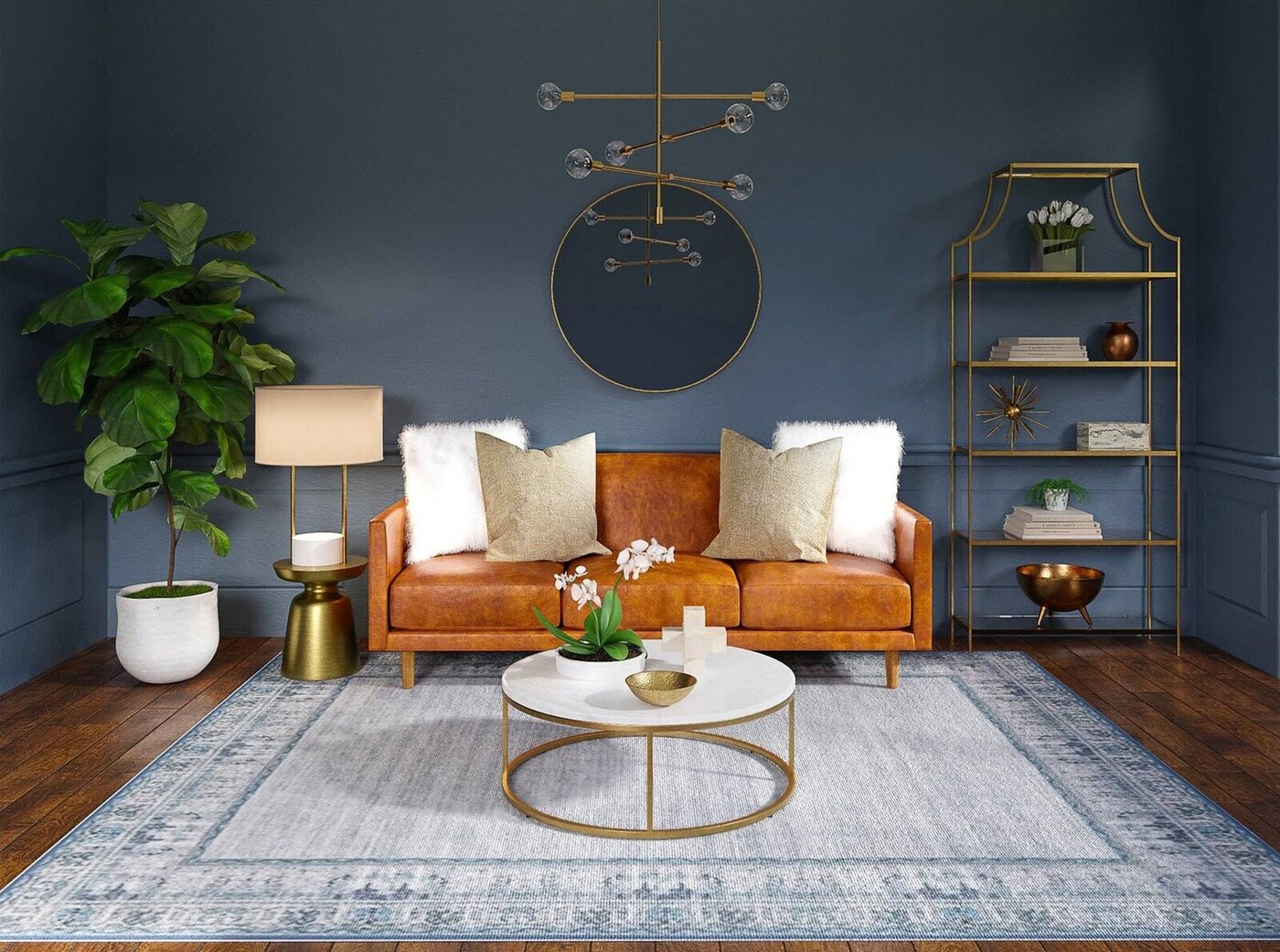
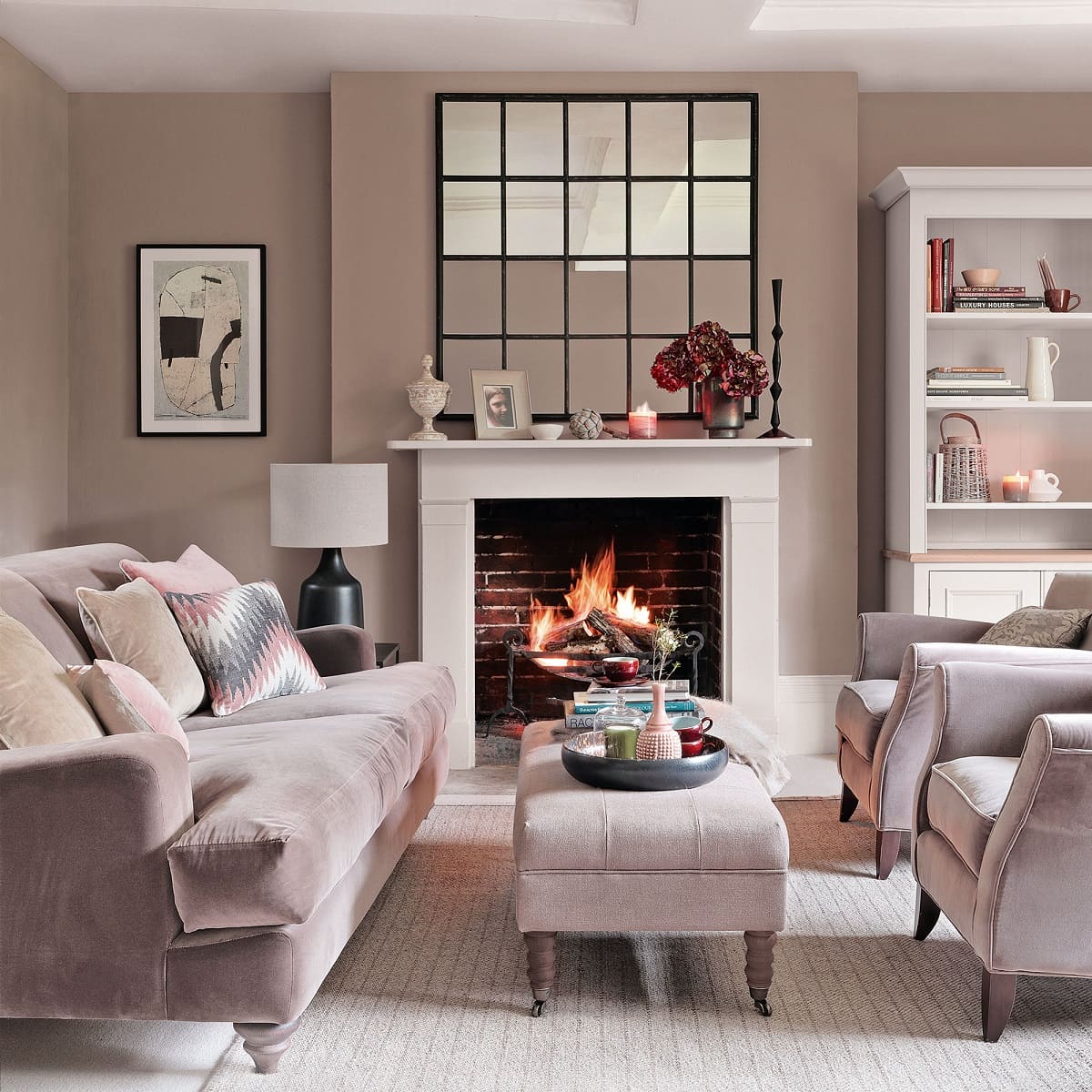
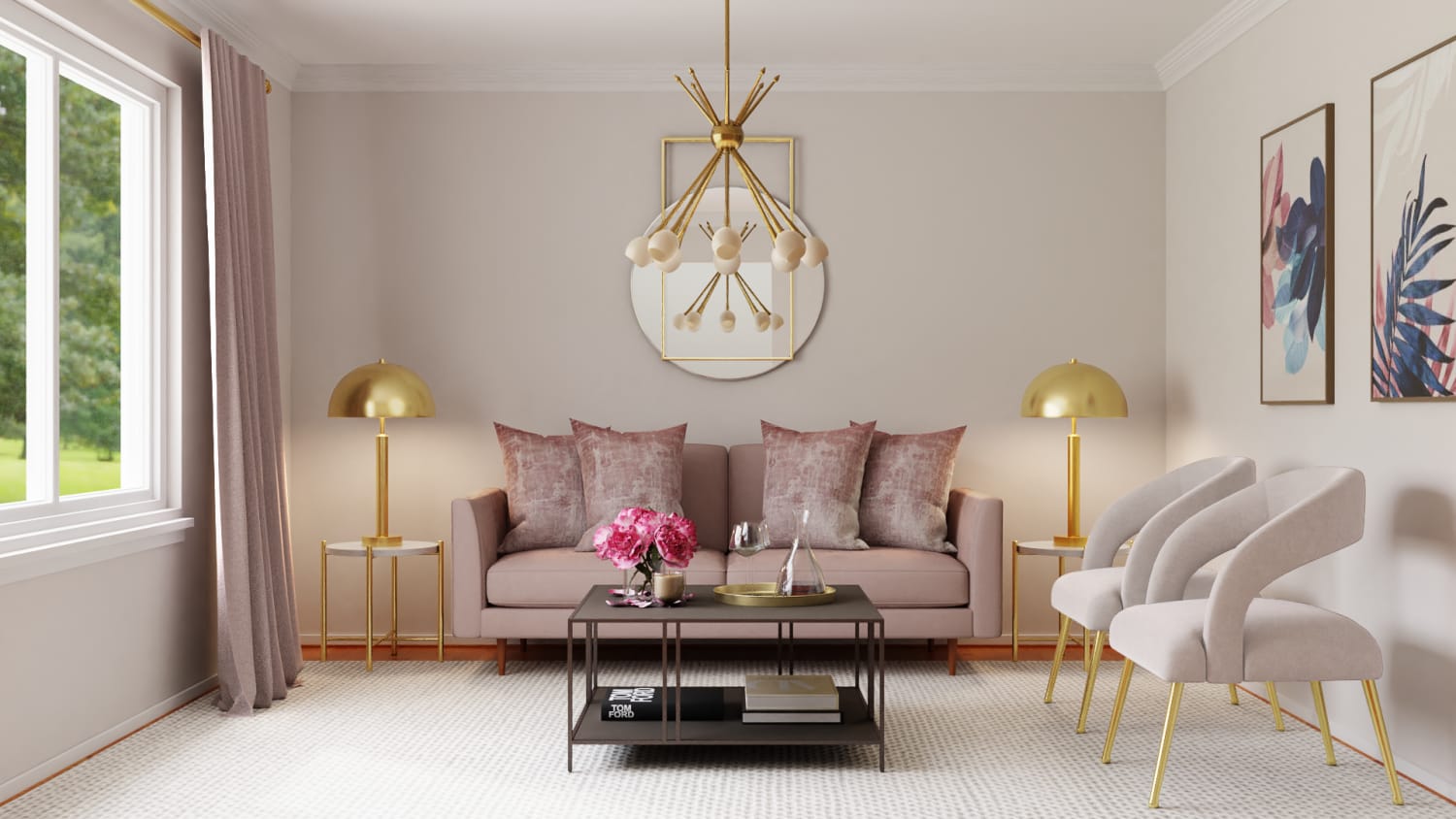

0 thoughts on “What Colors Make A Living Room Look Bigger”